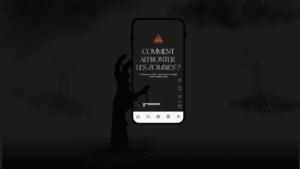9 examples of catchy headlines that convert
Attracting attention is a constant challenge for all communication channels. It takes a lot of creativity to stand out from the crowd. Gaining interest, on the other hand, is a different story – and that’s where the real challenge lies. Once readers’ attention has been captured, how do we retain them so that they interact with our content?
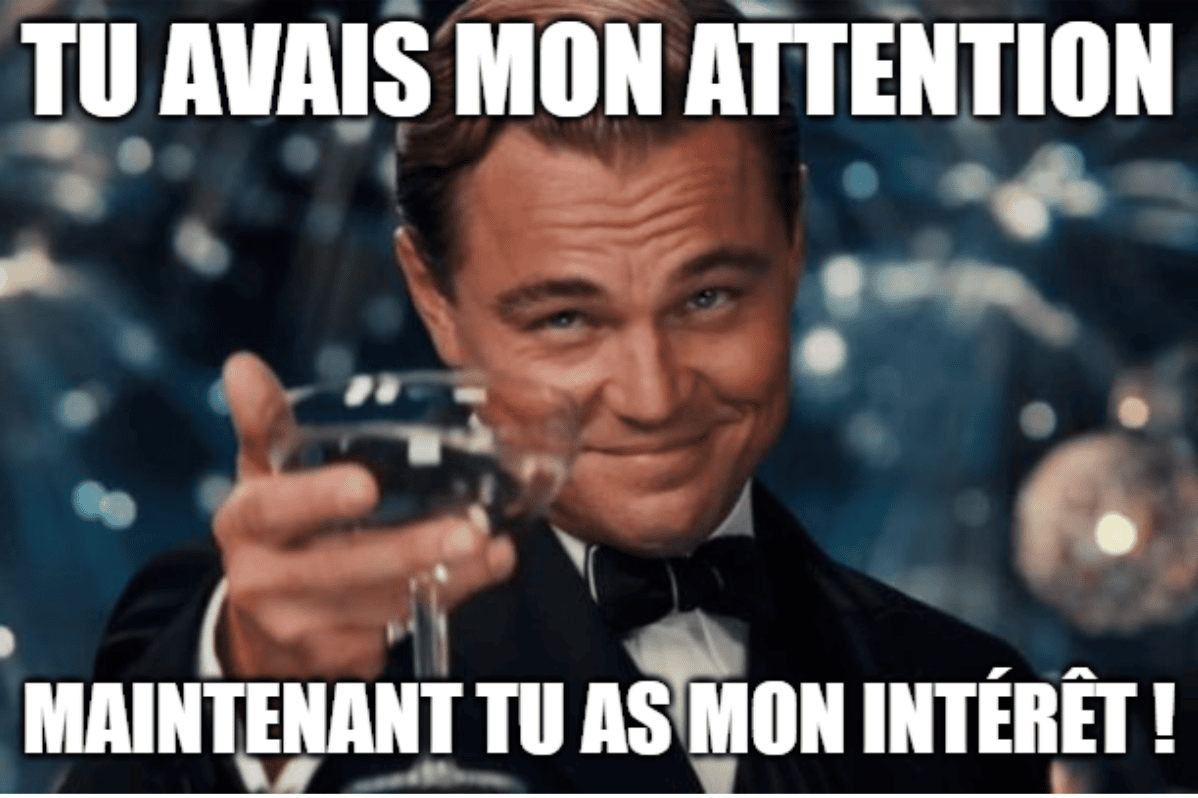
Especially when they’re browsing content quickly (like diagonally). This is where snacking content and catchy headlines play an important role.
To stand out from the crowd, you need to double your efforts and creativity, right from the first words. Engaging readers is what will determine whether or not they read your content.
Here are 9 types of catchy headlines to use in your communications:
1-Use numbers
Headlines containing numbers inspire confidence, as they offer concrete, rational information. Personally, I recommend using a number between 3 and 10. Too few figures may not generate enough interest, while too many may discourage the reader.
For example : “6 must-have tips to excel on LinkedIn“
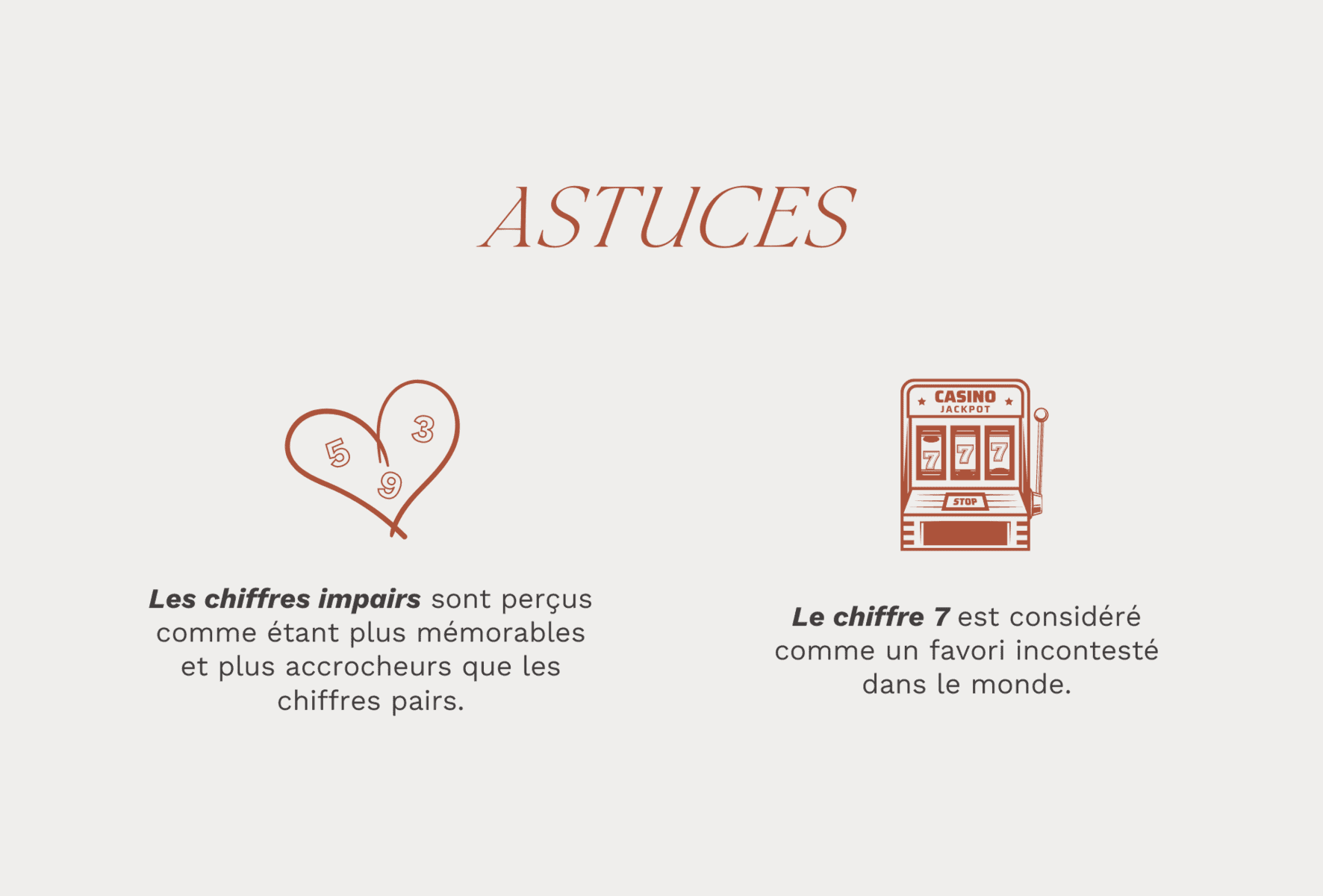
2-Asking and answering a question
This tactic consists in asking a question, then answering it by skimming over it. This encourages further reading, since you know that the full answer can be found later in the text.
For example: “What to cook this week? We’ve prepared your menu for the week!”
3-Spark curiosity
Curiosity is a powerful driver of commitment. It’s a trait ingrained in us from birth. . Titles that stimulate curiosity encourage readers to want to know more.
For example: “You’ll never guess what my cat did…”.

(SOURCE: GIPHY)
4- Provide a solution
Start your content off by presenting a direct solution to a problem, straight to the point. This will encourage readers who feel concerned to read on.
For example: “Here’s how to prevent baby’s irritations in just 5 days!” Subtitle*: “Liniment to the rescue of cradle caps!”
Versus: “Liniment to the rescue!”


Don’t hesitate to include subtitles to complement your catchy titles!
5-Use promises
Use promises to build trust and reduce cognitive dissonance, right from the start. Quite often, the customer journey stops just short of taking action. Why does this happen? Doubt. Try this tactic to reassure your readers.
For example: “50% firmer skin in 30 days, guaranteed!“
6-Selling the benefits
Highlight the benefits right from the start, because that’s where the customer’s true perceived value lies.
For example: “Valentine’s Day promotion: 20% off everything!”
If your number of displayed characters is limited, as in the title of a newsletter, I recommend this variation: “20% off EVERYTHING – Valentine’s Day promotion!” Maximize your chances of getting a higher open rate by putting the discount at the beginning.

7-Include revelations or plots:
Introduce intriguing revelations to pique readers’ curiosity. By offering surprising information, you pique their interest and encourage them to find out more.
For example: “Did you know that…”
8-Create links with associations :
There are many ways to be original. By associating your message with cultural references, well-known personalities or popular events, you can create an immediate link with certain categories of consumers. This strategy makes your content more original and appealing to specific groups.
Ex: “Our Sagittarians, here’s your color palette” or “Miley Cyrus’ style if she dressed at Dynamite”.
9-Include a touch of humor
Humor works well, but there are subtleties. If you have the skill to use it, it’s a great way to engage your readers. Humor works particularly well because it sticks in people’s minds. So be original and creative in your approach.
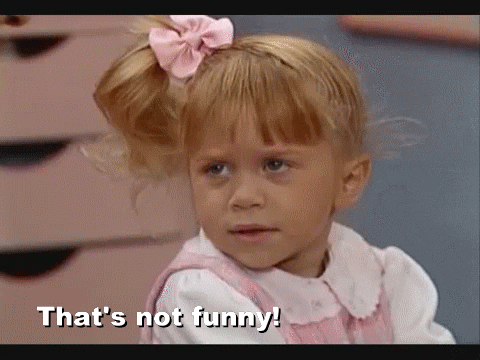
(SOURCE: GIPHY)
Bonus: Personalize your content
Create a direct link by using your reader’s first name or incorporating personal experiences to make them feel part of your content. This approach establishes an immediate connection with the reader.
For example: “Mélodie, discover the perfect shoes for your style!”
Closing remarks :
When writing catchy headlines, I suggest you avoid words with negative connotations, as they risk creating a negative association with your content right from the start.
Examples of words to avoid: “Failure. Problem. Risk. Error. Fear.”
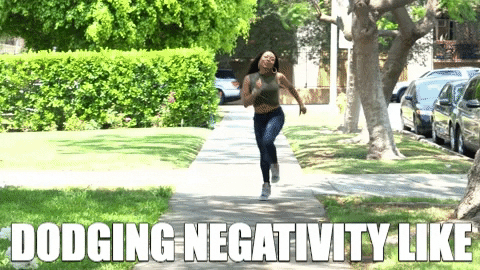
(SOURCE: GIPHY)
On that note, I encourage you to read our blog post entitled Snacking Contentwhich perfectly complements this one.
Project Coordinator




